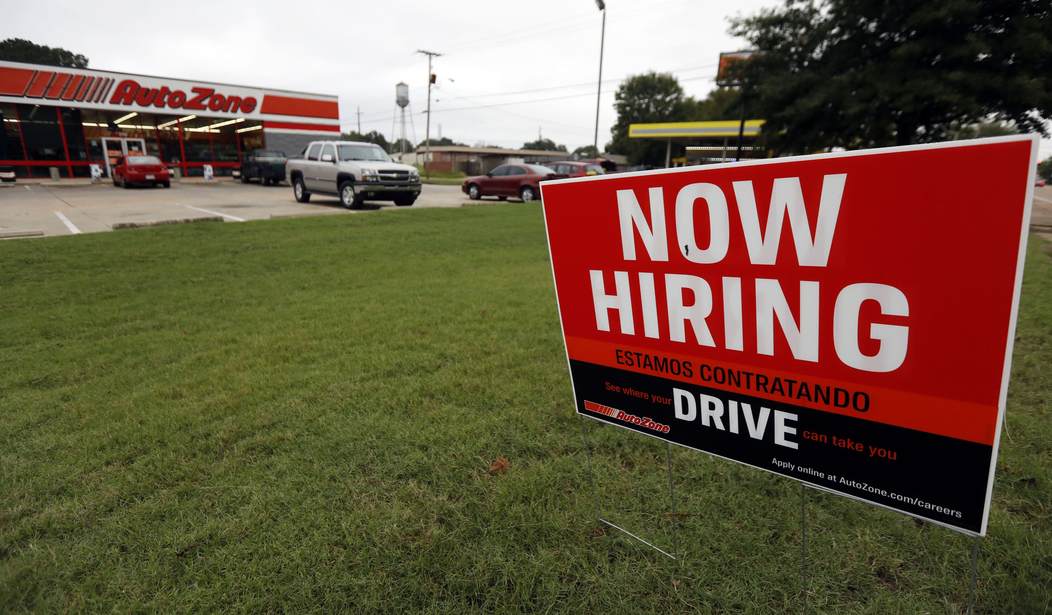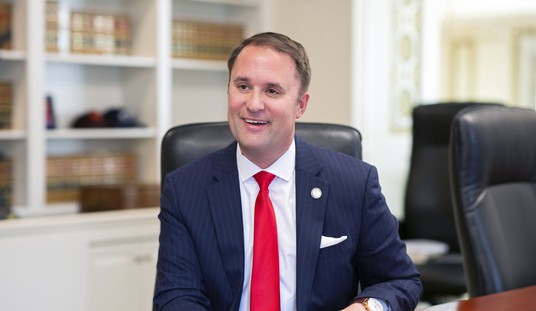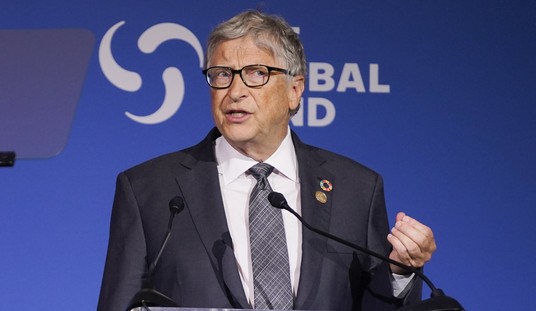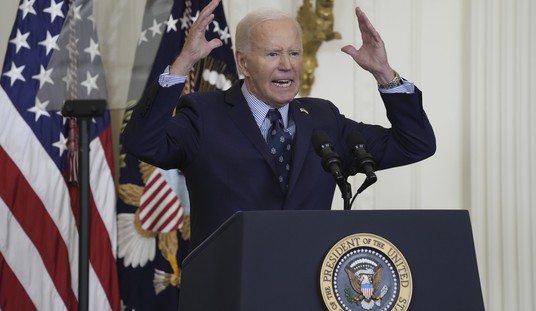Nonfarm payrolls still showed signs of solid growth in June but did not meet expectations in the Labor Department’s monthly job report, signaling a cooling job market in the wake of the battle between inflation and interest rate hikes.
The June jobs report shows that nonfarm payrolls grew by 209,000 in June, which fell below the Dow Jones estimate of 240,000. The nation’s unemployment dropped to 3.6 percent, down from 3.7 percent in May. The previous month’s numbers were also revised downward, from 339,000 to 306,000.
Wages grew 4.4 percent in June from a year earlier.
It was the slowest month of job growth since December 2020, which saw an increase of 268,000.
Nearly a third of this month’s job growth came from government employment, a sector that added 60,000 jobs in June. The slowest sector growth came in leisure and hospitality, which was at just 21,000 jobs created.
Other sectors showing strong gains were health care (41,000), social assistance (24,000) and construction (23,000).
Leisure and hospitality, which had been the strongest job-growth engine over the past three years, added just 21,000 jobs for the month. The sector has cooled off considerably, showing only muted gains for the past three months.
The retail sector lost 11,000 jobs in June while transportation and warehousing saw a decline of 7,000.
There had been some anticipation that the Labor Department report could show a much higher than anticipated number after payrolls processing firm ADP on Thursday reported growth in private sector jobs of 497,000.
The ADP numbers released on Thursday promptly caused the market to sink out of fears that a hot job market would lead the Federal Reserve to continue with its rate hikes after pausing in June. But after the Labor Department report was released, the market futures also appeared to be down for Friday, signaling that fears of the Fed’s next moves are still worrying traders.
While the numbers are lower than expected, most economists agree the job market is still strong. But that raises the possibility that the Fed will continue to raise rates.
At the start of the year, many economists forecast that the Fed’s rate increases would cause a recession by midyear and hiring to ease.
Instead, inflation and economic activity haven’t slowed as much as Fed officials expected, prompting them to project more rate increases to come, according to minutes of their June meeting, released Wednesday. Friday’s report gives officials their last look at the broadest labor data before their policy meeting later this month.
There are still some warning signs in the economy, however.
Still, the labor market is cooling in some corners. Job openings fell in May. Initial applications for unemployment benefits, a proxy for layoffs, rose last week and are up about 20% from the start of the year. And the average number of hours worked a week declined this year, which in the past often preceded job cuts.
The labor-force participation rate, or the share of Americans who are working or actively seeking jobs, remains well below the February 2020 prepandemic level of 63.3%. That largely reflects the aging U.S. population and is triggering persistent labor shortages.
This shifting dynamic comes as President Joe Biden touts “Bidenomics,” the idea that his policies have directly created the current economic situation. His administration is arguing that job growth and slowing inflation means his policies are working, but Republicans are pointing out that inflation is still high, interest rates are now higher as a result, and wage growth is not outpacing inflation.














Join the conversation as a VIP Member